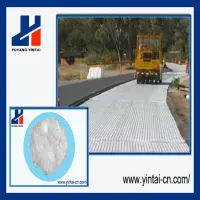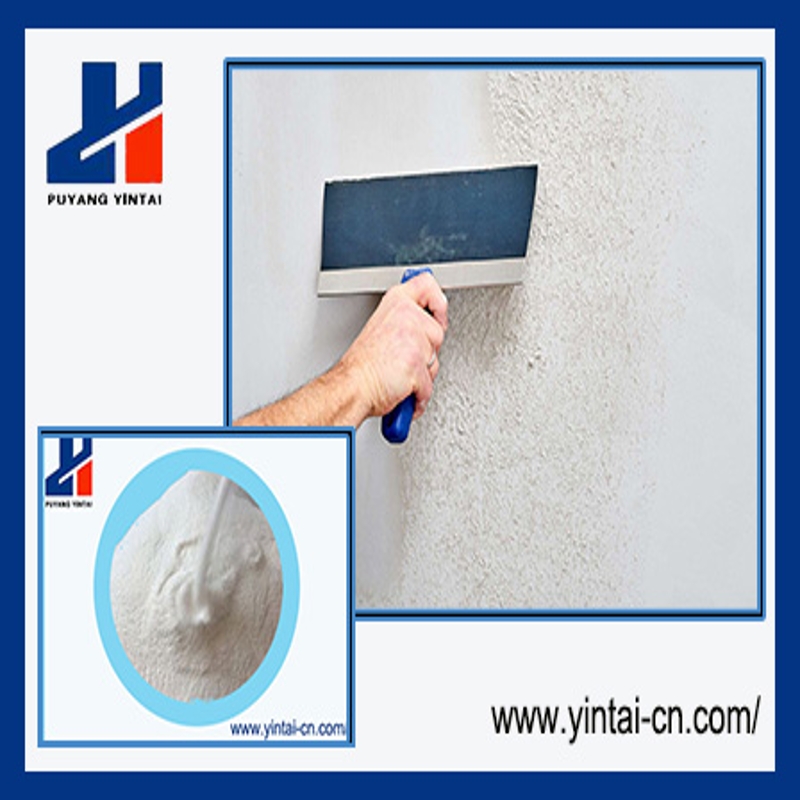-
Categories
-
Pharmaceutical Intermediates
-
Active Pharmaceutical Ingredients
-
Food Additives
- Industrial Coatings
- Agrochemicals
- Dyes and Pigments
- Surfactant
- Flavors and Fragrances
- Chemical Reagents
- Catalyst and Auxiliary
- Natural Products
- Inorganic Chemistry
-
Organic Chemistry
-
Biochemical Engineering
- Analytical Chemistry
- Cosmetic Ingredient
-
Pharmaceutical Intermediates
Promotion
ECHEMI Mall
Wholesale
Weekly Price
Exhibition
News
-
Trade Service
4.
Babcock method
(1) Principle Use sulfuric acid to dissolve the non-fat components such as lactose and protein in milk to destroy the fat globule membrane and free the fat.
Then the fat is completely and quickly separated by heating and centrifugation.
The fat layer is directly read in the milk fat bottle, namely The fat content of the tested milk can be known
.
The result is read directly from the Pasteur flask
(2) Tips
①Sulfuric acid concentration should strictly comply with the specified requirements.
If it is too thick, the milk will be carbonized to black and affect the reading.
If it is too thin, the casein will not be completely dissolved, making the measurement result low and making the fat layer turbid
.
②In the Babcock method, a 17.
6mL standard straw is used for sampling.
In fact, only 17.
5mL is injected into the pasteurized bottle.
The relative density of milk is 1.
03, so the sample mass is 18 (that is, 1.
75×1.
03) g
.
The scale (0~10%) of the Pap bottleneck has 10 large divisions, each with a volume of 0.
③Adding sulfuric acid can not only destroy the fat globule membrane and free the fat, but also increase the relative density of the liquid and make the fat layer easy to float
.
④The purpose of heating (in a water bath at 65~70℃) and centrifugation is to promote fat separation
.
The Rhodes-Gotrie method, Babcock method and Gabel method described above are all standard analytical methods for determining milk fat
.
According to comparative studies, the accuracy of the former is higher than that of the latter two, and the accuracy of Babcock method in the latter two is slightly higher than that of Gable method
5.
Chloroform-methanol method
The Soxhlet extraction method can only extract free fats, while the bound lipids such as lipoproteins and phospholipids cannot be completely extracted; the acid hydrolysis method will cause the phospholipids to be hydrolyzed and lost
.
However, in the presence of a certain amount of water, a mixture of polar methanol and non-polar chloroform (CM mixture for short) can effectively extract bound lipids
(1) Principle: Disperse the sample in a chloroform- methanol mixture and boil slightly in a water bath.
The chloroform-methanol and a certain amount of water in the sample form a solvent for extracting lipids, which frees the bound lipids in the sample tissue.
At the same time , the affinity with polar lipids such as phospholipids is increased, thereby effectively extracting all lipids, filtering out non-fat components, recovering solvents, extracting residual lipids with petroleum ether , and quantifying after evaporation of petroleum ether .
.
Calculate as follows:
In the formula, x—— lipid mass fraction,%
m——Sample mass, g
m 2 ——weight of weighing bottle and lipid, g
m 1 ——weight of weighing bottle, g
2.
5- Take 10mL from 25mL ethanol for drying, so multiply it by a factor of 2.
(2) Tips
①After the extraction, filter with a glass filter and wash the flask with a solvent.
Wash the flask 3 times with 5 mL each time, and then wash the residue and filter with 30 mL.
When washing the residue, use a glass rod to stir the sample residue while washing with solvent
.
②The solvent recovered to the residue still has a certain degree of fluidity and cannot be completely dried, otherwise the lipids will be difficult to dissolve in petroleum ether , which will make the measurement result low
.
Therefore, it is best to stop evaporation when a proper amount of water remains
③During extraction, anhydrous sodium sulfate must be added after the petroleum ether to avoid affecting the dissolution of the petroleum ether on the lipids.
Related links: Other methods for determining fat in food (3)







